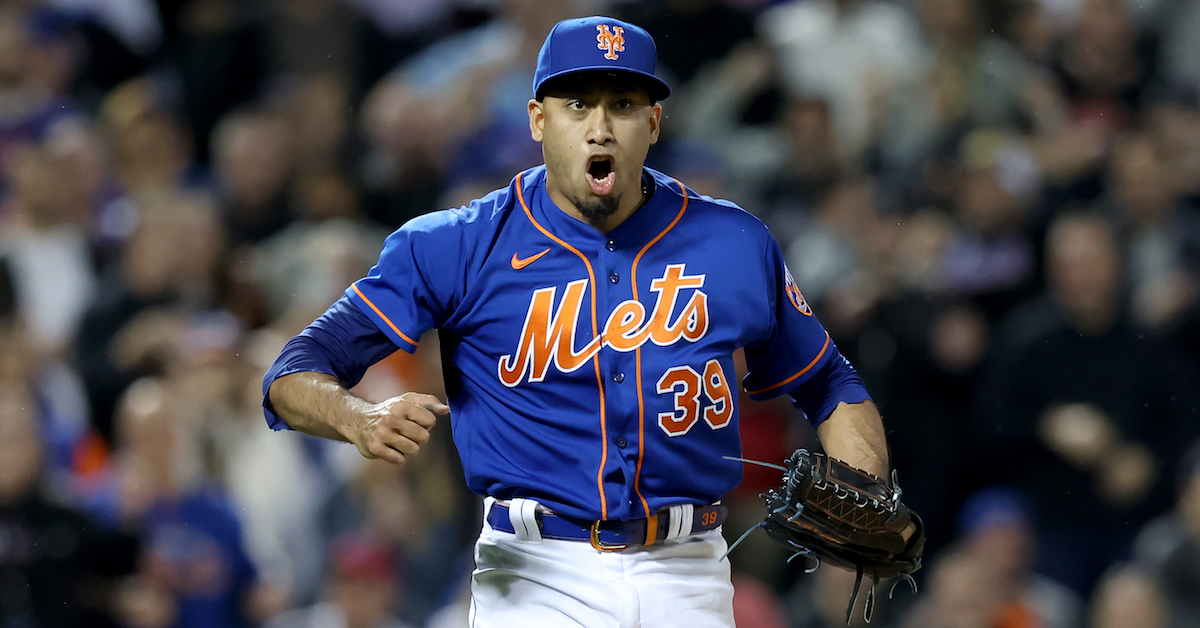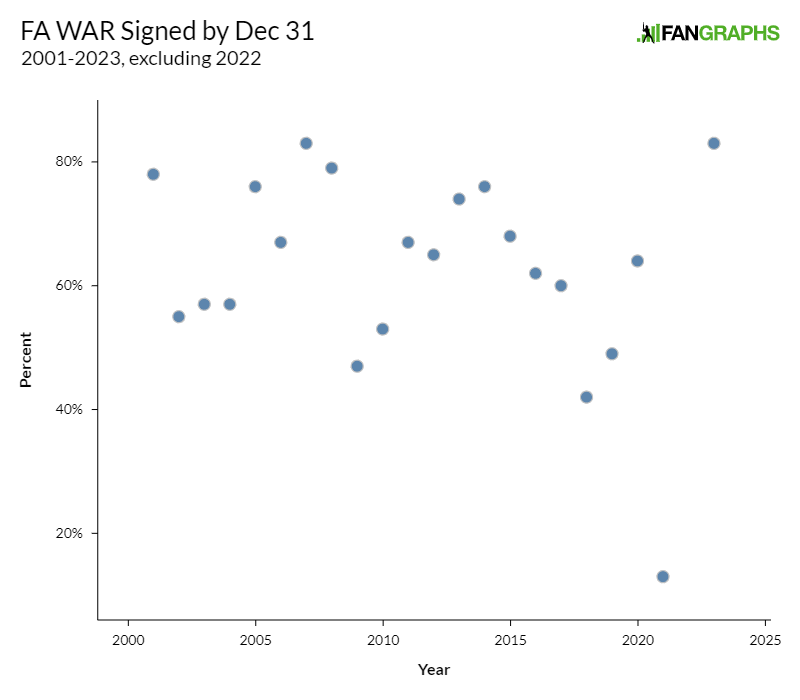2023 ZiPS Projections: Baltimore Orioles
For the 18th consecutive season, the ZiPS projection system is unleashing a full set of prognostications. For more information on the ZiPS projections, please consult this year’s introduction and MLB’s glossary entry. The team order is selected by lot, and the next team up is the Baltimore Orioles.
Batters
The building of Baltimore’s offense is coming along quite nicely; graduating two arguable no. 1 prospects to the majors in a single season has a curious way of doing that! The O’s should at least be locking up Adley Rutschman as soon as possible and ideally Gunnar Henderson as well. There’s no need to stay on both too long; everyone knows about Rutschman’s awesomeness, and I’ve written near-panegyrics about Henderson already. Similar to Mike Devereaux three (!) decades ago, Cedric Mullins is a borderline star.
The O’s aren’t amazing anywhere else in the lineup, but they are at least adequate, with a couple of exceptions. ZiPS does think the team could use an outfield upgrade, but one can at least understand why the Orioles are waiting to see which of their young outfield prospects takes a big step up, if any. I’m crossing my fingers, because Nomar Mazara was signed to a minor league contract and is lurking in the wings, like a replacement-level Sauron after the fall of Númenor.
Just in case you have only seen the graphic and not the tables below, ZiPS does project Ryan Mountcastle to be an above-average first baseman. What it isn’t crazy about is the backup situation with Mountcastle expected to spend some time at DH. Lewin Díaz is far from a ZiPS fave, but it sees him as quite a bit superior to Ryan O’Hearn, whose acquisition never made much sense to me given his poor track record.
I’m not going to grump about the O’s being quiet here, nor am I a particular fan of the Adam Frazier signing, since I’m going to complain elsewhere in a minute. Read the rest of this entry »









